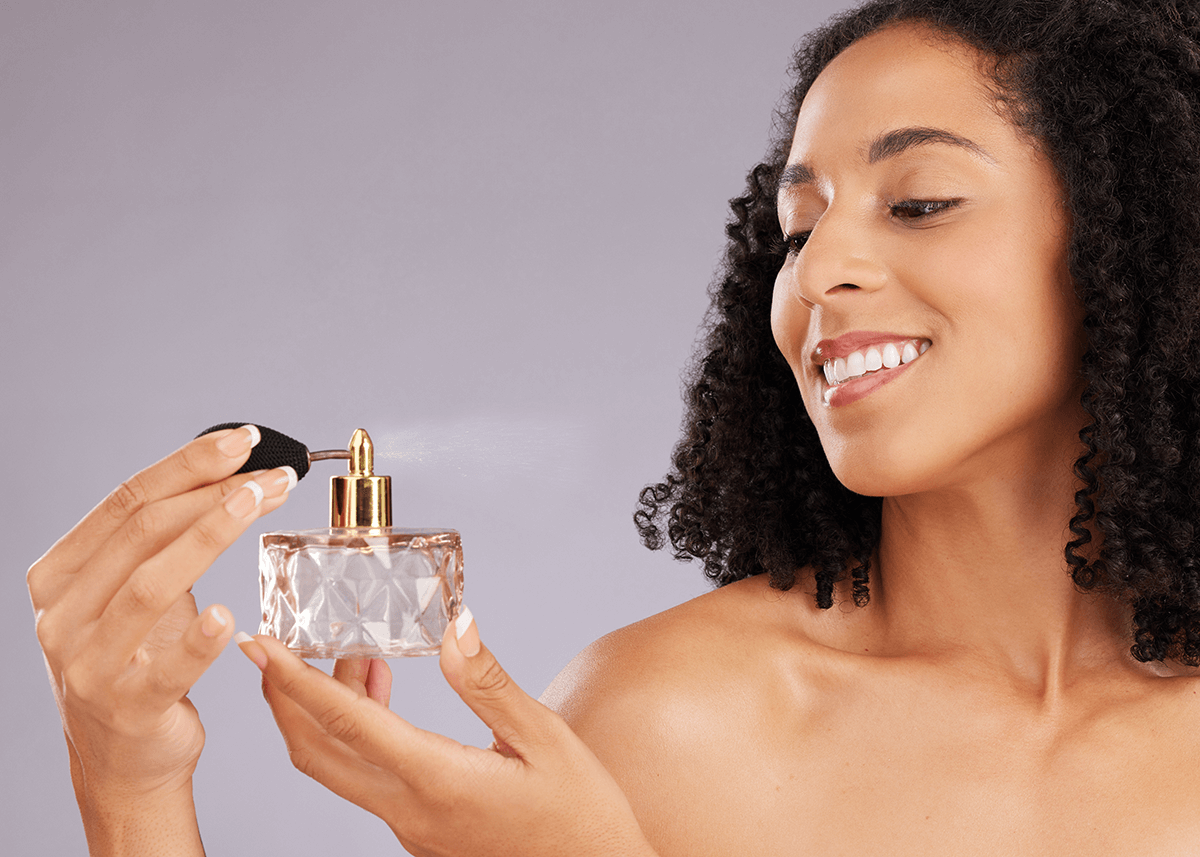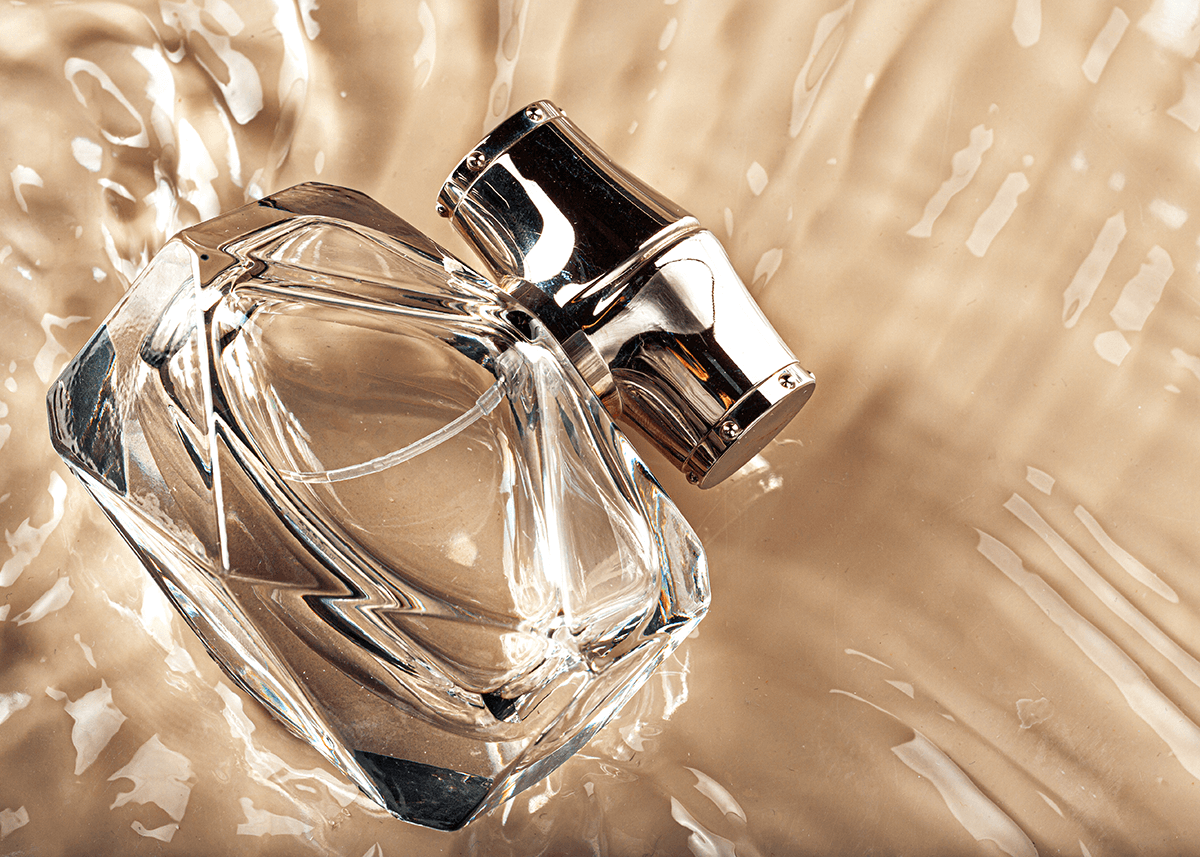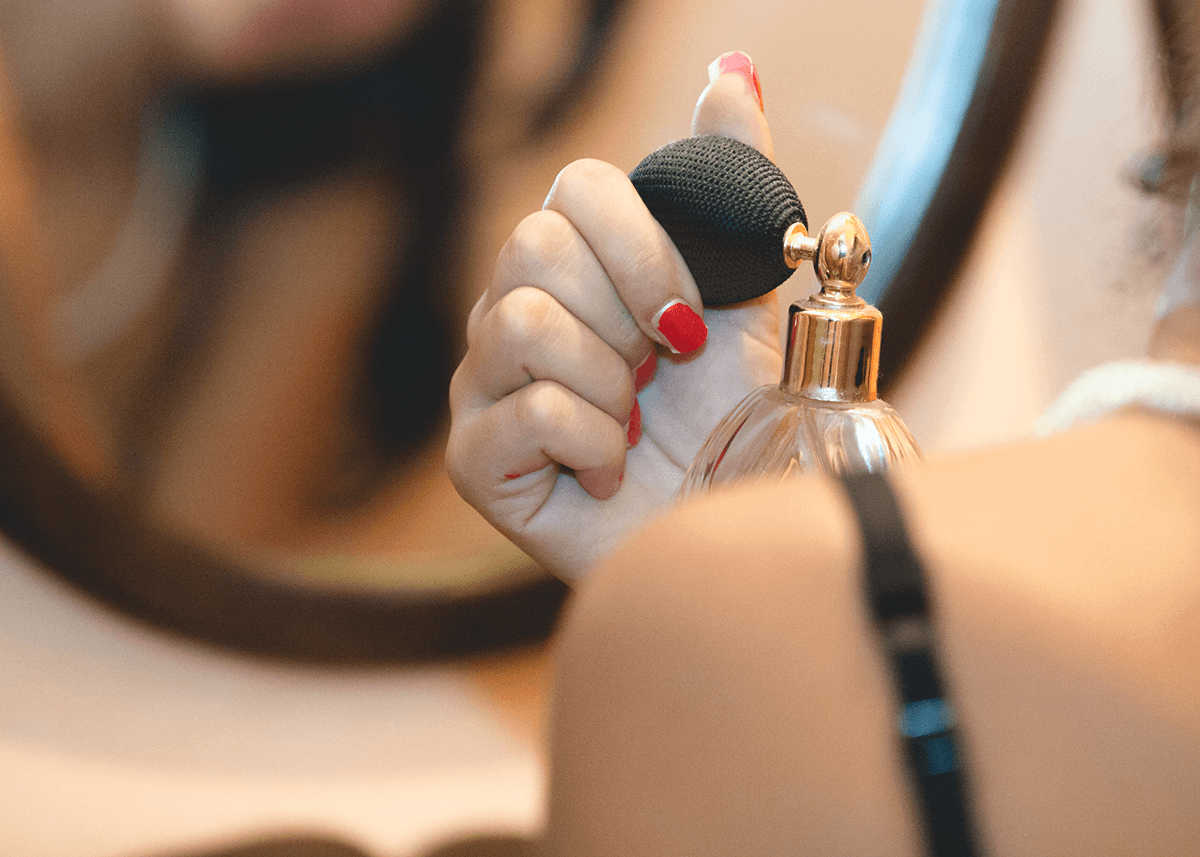Eau de toilette is a type of fragrance with 5-15% aromatic compounds, making it lighter than perfumes but stronger than colognes. In this article, you’ll learn the eau de toilette meaning and how it stands out from other fragrances.
Key Takeaways
-
Eau de Toilette, a term for lightly scented grooming water, has historical roots dating back to the fourteenth century and is known for its subtle and refreshing scent.
-
It typically contains 5-15% aromatic compounds and 60-80% alcohol, offering a lighter fragrance perfect for everyday use, compared to the stronger and more long-lasting Eau de Parfum.
-
Best suited for daytime wear, Eau de Toilette should be applied to pulse points like the neck and wrists right after showering for optimal scent longevity.
What Does Eau de Toilette Mean?

Eau de Toilette, translating to “toilet water,” originally referred to a lightly scented water used for personal grooming or “faire sa toilette.”
The term “toilette” itself comes from the French word for personal grooming, long before it became associated with bathrooms. Nowadays, eau de toilettes are a popular choice for those looking for a lighter fragrance.
Tracing back to the fourteenth century, the creation of “Hungary Water,” primarily containing rosemary, marks the origins of Eau de Toilette.
This concoction was made for Queen Elisabeth of Hungary. This early version of Eau de Toilette was one of the first alcoholic perfumes, setting the stage for modern perfumery.
The tradition continued with notable figures like King Louis XIV of France, who used a fragrance called “heavenly water” to perfume his shirts. These historical anecdotes highlight how Eau de Toilette has been a part of personal grooming rituals for centuries, evolving from:
-
simple herbal waters
-
floral waters
-
colognes
-
the sophisticated fragrances we know today
Composition of Eau de Toilette
Primarily composed of alcohol and various volatile oils, Eau de Toilette is a carefully crafted mixture. These ingredients blend to create a fragrant concoction that delights the senses without being too overwhelming.
It typically contains about 60-80% alcohol, which acts as a dispersing agent for the scented oils.
Eau de Toilette commonly employs solvents such as ethanol or a combination of ethanol and water. This combination helps to dissolve the essential oils and allows the fragrance to be evenly distributed when applied to the skin.
The small amount of water in the mixture helps to balance the scent, making it lighter and perfect for everyday use, as opposed to a more concentrated perfume extract.
This results in a subtle, refreshing fragrance, ideal for those who prefer a lighter scent that leaves an impression. The blend of alcohol, volatile oils, and water creates a harmonious balance that’s just right for daily wear.
Concentration of Perfume Oils
A distinguishing feature of Eau de Toilette is the concentration of its perfume oils. Typically, Eau de Toilette contains about 5-15% aromatic compounds, making it lighter than Eau de Parfum but stronger than Eau de Cologne. This balance ensures that the scent is noticeable yet not overpowering.
Designed to last around 4-7 hours, Eau de Toilette offers a gradually fading, pleasant fragrance. This makes it ideal for daytime use when you want a refreshing scent that doesn’t linger too long.
In comparison, Eau de Parfum has a higher concentration of perfume oil, usually around 12-18%, resulting in a stronger and longer-lasting fragrance.
Understanding the concentration levels helps you choose the right fragrance for the right occasion. While Eau de Parfum might be perfect for an evening out, Eau de Toilette is the go-to for a light, everyday scent that’s perfect for work or casual outings.
Fragrance Notes in Eau de Toilette

Eau de Toilette derives its unique character and mood from its fragrance notes. These notes are typically categorized into top, middle, and base notes, each playing a crucial role in the overall scent profile.
Top notes are the initial scents you experience when you first apply the fragrance.
In Eau de Toilette, these often feature citrus or spicy scents like bergamot, grapefruit, and peppermint. These fresh and invigorating notes provide an immediate burst of fragrance that captures attention.
Middle notes, also known as heart notes, emerge after the top notes fade. In Eau de Toilette, these often include floral scents such as jasmine and rose, which add a layer of depth and complexity to the fragrance.
Finally, the base notes are what linger the longest, providing lasting power. Common base notes in Eau de Toilette include woody scents like sandalwood and cedarwood, which add warmth and richness to the fragrance.
When to Wear Eau de Toilette

Due to its lighter scent, Eau de Toilette is ideally suited for daytime wear. Its fresh and subtle fragrance makes it perfect for casual daytime events and office settings where a strong scent might be overwhelming.
Imagine walking into a morning meeting with a hint of citrus or lavender – it’s enough to leave an impression without being too intrusive.
The gradual fading of Eau de Toilette over several hours makes it an excellent choice for everyday use. Its lightness also makes it perfect for hot weather when heavier scents might feel too cloying.
Whether you’re heading to a summer picnic or a day at the beach, Eau de Toilette provides a refreshing, unobtrusive scent that’s just right for the occasion.
Both Eau de Toilette options, providing a light, refreshing scent, are popular choices for those who prefer to apply fragrance as part of their post-bathing or shaving routine. They complement personal grooming routines well.
How to Apply Eau de Toilette

Correct application of Eau de Toilette can significantly influence the longevity of its scent and how it develops on your skin.
The best time to apply it is immediately after showering, when your skin is clean and dry. This allows the fragrance to adhere better and last longer.
Focus on spraying Eau de Toilette on pulse points and naturally warm areas like the neck, wrists, and inner elbows.
These spots emit heat, which helps to diffuse the fragrance throughout the day. However, avoid areas with too much friction, such as the armpits and knees, as these can degrade the scent.
A common mistake is rubbing your wrists together after applying the fragrance. This can break down the fragrance oils and alter the scent.
Instead, let the Eau de Toilette air dry naturally. Holding the bottle at least three inches away from your body when spraying ensures an even application without overdoing it.
Comparing Eau de Toilette with Other Fragrances
In terms of concentration and intensity, Eau de Toilette occupies a unique position in the fragrance world, situated between Eau de Parfum and Eau de Cologne. Eau de Parfum, with 15-20% perfume oils, offers a stronger and longer-lasting scent, making it ideal for evening wear or special occasions. In contrast, Eau de Toilette, with its 5-15% concentration, provides a lighter, more casual fragrance perfect for daily use.
Eau de Cologne is even lighter, containing just 2-4% perfume oils, making it a very subtle and refreshing option for those who prefer a barely-there scent. Eau Fraîche, on the other hand, has the least amount of perfume oils, typically around 1-3%, offering the faintest hint of fragrance, perfect for a quick refresh. In between these two options, eau de perfume provides a more noticeable scent, while still maintaining a delicate balance.
Grasping these differences can guide you in selecting the right fragrance suitable for different occasions and personal tastes. Whether you need a robust scent for a night out or a light, refreshing fragrance for daily wear, knowing the concentration levels of these products, especially in their concentrated form, can guide your choice of chosen scent.
Choosing the Right Eau de Toilette

While it involves some trial and error, choosing the right Eau de Toilette is worth the effort. Start by sampling different fragrances before making a purchase.
This ensures that the scent works well with your body chemistry and fits your personal style. Don’t hesitate to ask others what they’re wearing – it can give you valuable insights into fragrances you might like.
Consider the seasonality of fragrances. For example, warming tobacco and woody notes are perfect for winter, while refreshing aquatic notes are ideal for summer. Michael Edwards’ Fragrance Wheel can be a helpful tool in understanding fragrance families and finding similar scents.
Finally, while niche fragrances can be intriguing, mass-market options are generally safer choices as they are designed to appeal to a broader audience.
This makes them a great starting point for anyone new to the world of perfumery.
Summary
In summary, Eau de Toilette is a versatile and popular choice in the world of fragrances. Its balanced composition, suitable concentration of perfume oils, and pleasant fragrance notes make it perfect for everyday wear.
Whether you’re heading to the office, a casual outing, or a summer event, Eau de Toilette offers a refreshing and subtle scent that fits any occasion.
Choosing the right Eau de Toilette involves considering your personal preferences, seasonal suitability, and taking the time to sample different options. With the right fragrance, you can leave a lasting impression without overwhelming those around you.
Frequently Asked Questions
The main difference between Eau de Toilette and Eau de Parfum is the concentration of perfume oils. Eau de Toilette has a lower concentration (5-15%) and is lighter for daytime wear, while Eau de Parfum has a higher concentration (15-20%).
Eau de Toilette typically lasts around 4-7 hours, but this can vary based on the perfume’s concentration and your skin type.
Yes, Eau de Toilette is perfect for hot weather as its lighter and fresher scent won’t feel overwhelming in the heat.
To get the best results from Eau de Toilette, apply it on clean, dry skin, concentrating on pulse points like the neck, wrists, and inner elbows. Also, avoid rubbing your wrists together after application.
The common fragrance notes in Eau de Toilette include citrus top notes, floral middle notes, and woody base notes, which work together to create a well-balanced and complex scent. Enjoy experimenting with different combinations!

